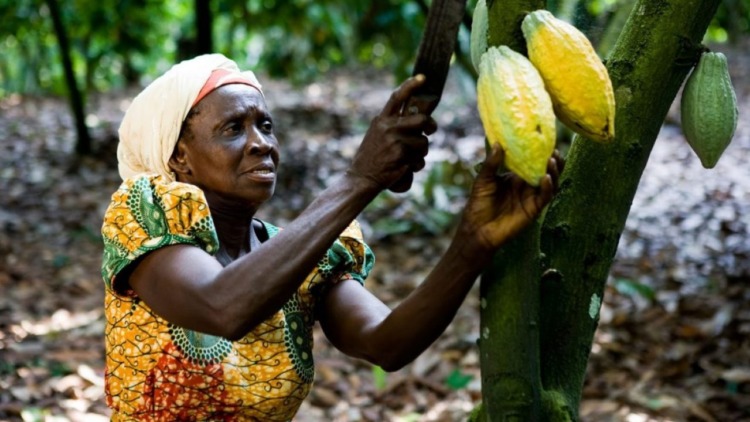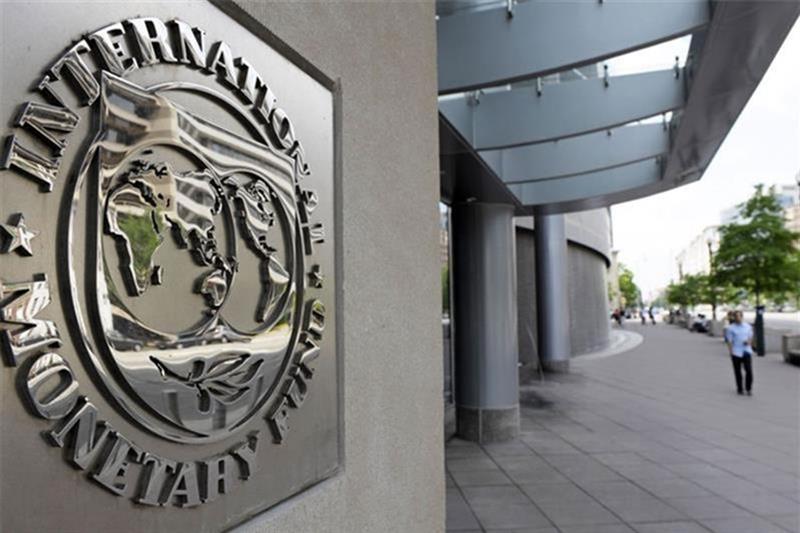There are fears among farmers in one of Africa’s largest cocoa producers, Ivory Coast that recent heavy rainfall in most of its main cocoa regions might affect yield.
Already, some plantations in the lowlands are flooded following rains from last week, threatening the April-to-September mid-crop.
According to farmers quoted by Reuters, two consecutive weeks of rainfall had damaged access to plantations, making it difficult to get beans out of the bush leading to fears that buyers would refuse to buy beans in the coming weeks as the weather was regularly overcast and it was difficult to dry beans properly.
One of the farmers, Desire Mea, who farms near the western region of Soubre, where 177.3 millimetres (6.98 inches) fell last week, 120.3 mm (4.74 inches) above the five-year average said “the rains were very heavy. We now need enough sunshine because the plantations in the lowlands have been flooded.”
However, another farmer, Aman Koffi, who farms near Daloa, where 26.8 mm (1.06 inches) fell last week, 3.6 mm (0.14 inch) below the average said, “the rains have slowed and we’ve had enough sunshine. This will help the cocoa.”
According to a report by Statista, Ivory Coast produced approximately 1.45 million tons of cocoa beans in 2012/2013 and is expected to produce 2.23 million tons in 2022/2023. The country was the leading cocoa-producing country in 2021/2022.
Although the World Bank says agriculture accounts for 4% of global gross domestic product (GDP) and in some least developing countries can account for more than 25% of GDP, inconsistent and harsh climatic conditions pose threats to achieving the best from Agriculture in the continent. While it is a case of excessive rainfalls in the West African region, North and East Africa have their challenges with drought.


 Politics2 days ago
Politics2 days ago
 Metro2 days ago
Metro2 days ago
 Metro14 hours ago
Metro14 hours ago
 Metro2 days ago
Metro2 days ago

































